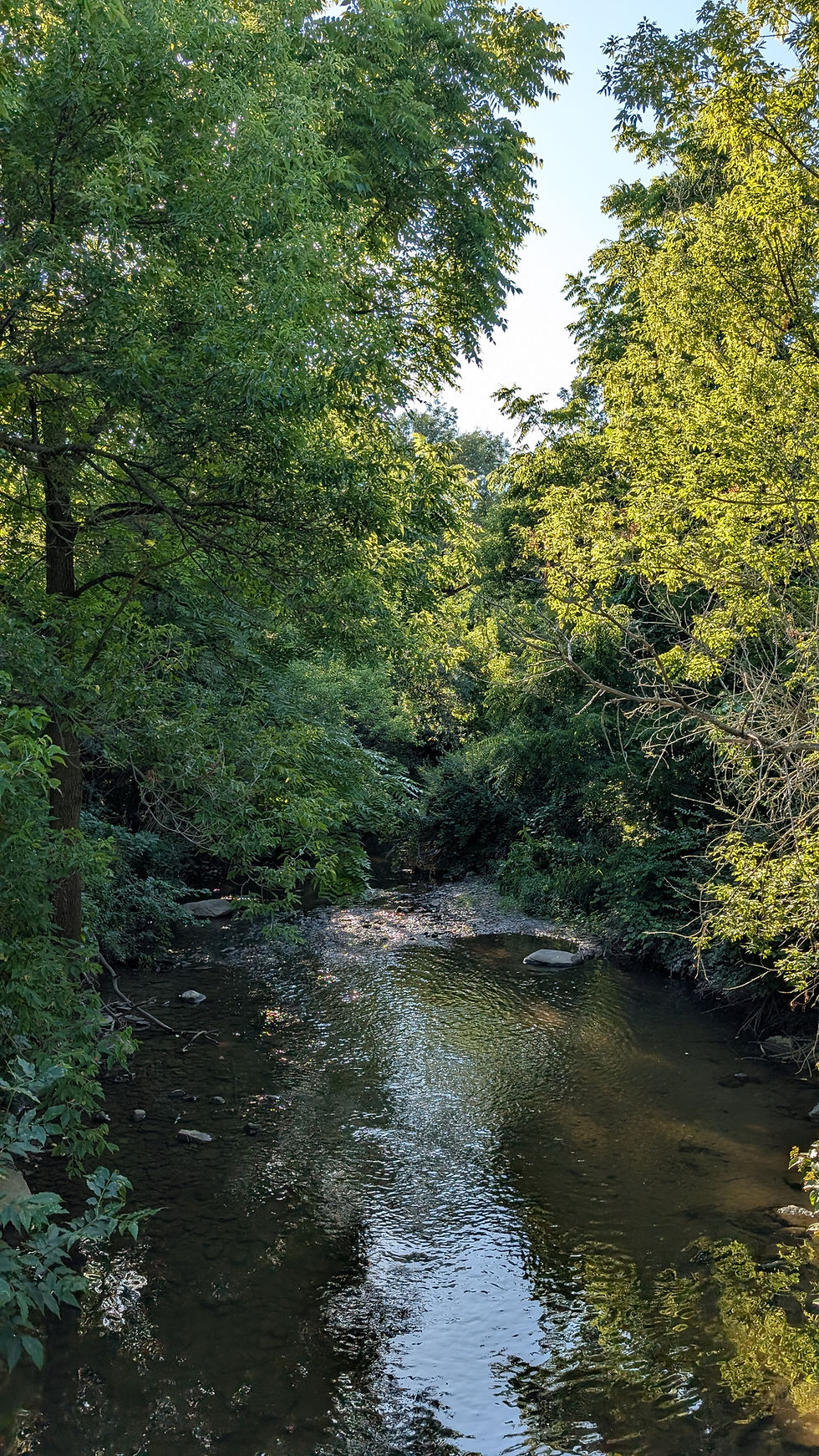How to Grow a Pumpkin When You Kill Every Plant You Touch
- editorinchief8
- Nov 25, 2021
- 4 min read
Written by: Nadia Persaud
Hi, I’m Nadia and I’ve killed pretty much every plant I’ve ever touched by either neglect or too much love (read: water and sunlight).
But plenty of people don’t have green thumbs, right? What’s the big deal?
Well, like some of you, I was born to farmers from Demerara, Guyana. Both my parents were born and raised on acres of farmland where they tended to cows and goats and chickens and grew crops that my grandparents sold at the market.
They tried to get me interested in gardening and planting, but I never seemed to have the hand for it. I was impatient and rough, and often carelessly tore the leaves and roots.
Cue the disappointed brown parent face. Seriously though, you should have seen my parents’ faces when I refused to water their many eggplants, hot pepper and squash plants while they were at work because I didn’t know how much water they actually needed. Not to mention if I accidentally killed their plants, I would never hear the end of it!
But as I’ve gotten older, I’ve found myself wanting to learn how to grow crops; I’ve found myself wanting to find a deeper connection to my roots and to my ancestors. Gardening runs through our ancestors’ veins and is interwoven with our peoples’ history as indentured labourers.
Now, I don’t know about you, but pumpkin and roti was my favourite meal to eat as a child, so I thought why not learn how to grow a pumpkin?
It just so happens my dad grew green pumpkins (calabaza pumpkins) on his childhood farm. With his help, I’m going to try to grow a pie pumpkin from a seed to a full pumpkin.
If you’re a fellow plant killer like me who has their ancestors shaking their heads and you’d like to learn how to grow a pumpkin from beginning to end, I invite you to stick around for my series on The Brown Gyal Diary: How to Grow a Pumpkin When You Kill Every Plant You Touch.
I’ll be chronicling my pumpkin growing journey, sharing everything I learn about gardening and growing crops from my parents. I’ll also pass on my tips and tricks, and let’s be honest, my inevitable failures and successes in the hopes that you’ll learn something and feel less alone if you’re in the same boat (aka a plant killer).
Growing a Pie Pumpkin: Separating Good and Bad Seeds
To grow a pumpkin from scratch, you need to start with a seed.
I bought a pie pumpkin from a nearby farm for Halloween. I saved the seeds that I scraped from the inside, but you can also buy pumpkin seeds of your choice from your local garden store.
According to my dad, you can tell a pumpkin seed is good by:
Squeezing the seed; if it’s firm, it’s good to germinate
Placing all the seeds in a glass of water. If they float, they’re bad; if they sink to the bottom, they’re good to germinate. They may not sink right away. It could take a few hours.
Since I used seeds directly from a pie pumpkin, I got a couple dozen good seeds.
Once you’ve separated your good seeds from your bad seeds, you’ll need to soak them in water overnight. If you had to wait twenty-four hours for a good seed, you can skip this step.
Now this is really important. Considering it’s November, you may not want to plant your seeds right away. If not, you can dry your seeds (let them air dry on a paper towel or dishcloth for about three days, store them in a glass jar and proceed to the steps below around April to plant outdoors in May.
If you’re going to take your chances like me, it’s important that you wrap the soaked seeds in a paper towel (after drying) and keep them moist for a couple of days. You can use a spray bottle filled with water to do this.
If you’ve successfully kept the seeds moist, you should see sprouts in two days.
Now, if you’re not sure what a sprout looks like, don’t worry, I asked my dad.
His answer was, “You don’t know what a sprout looks like?!”
After his shock wore off, he told me you’ll notice fine, white shoots protruding from the seed.
When you see sprouts, the seed has successfully germinated, and you can transfer it to a pot of soil (the seed only needs to be about two inches deep into the soil). Once it’s planted, water it, but not too much. Just enough to keep the soil wet. Too much water will make the seed rot (ie. how I’ve killed all of my plants).
Pumpkin plants take a while to grow and may not be ready for a garden bed straight away if you live in a colder climate like me, you’ll want to keep your sprout indoors and someplace warm until the seasons change.
Keep in mind that growing it indoors means that it may not bear on schedule. The most you may get is a stalk, which may or may not take to a garden bed in May. This is very much an experiment on my end!
I’ll be keeping my pumpkin in our sunroom where it should grow until it’s warm enough to plant outdoors.
I’ll be back in a couple of weeks to update you on my progress! If you’ve ever grown a pumpkin before, please let me know in the comments as I’d love to hear about your experience.
Until then, stay safe and happy gardening!





شيخ روحاني
رقم شيخ روحاني
شيخ روحاني لجلب الحبيب
الشيخ الروحاني
الشيخ الروحاني
شيخ روحاني سعودي
رقم شيخ روحاني
شيخ روحاني مضمون
Berlinintim
Berlin Intim
جلب الحبيب
https://www.eljnoub.com/
https://hurenberlin.com/